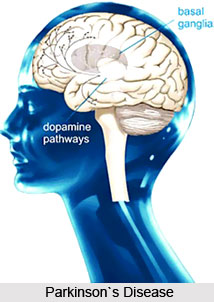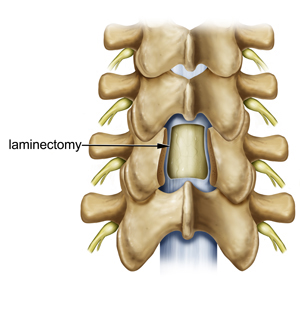A corneal ulcer is an open sore on the cornea, the thin clear structure overlying the iris (the colored part of the eye).
Corneal Ulcer Causes
Most corneal ulcers are caused by infections.
Bacterial infectionscause corneal ulcers and are common in people who wear contact lenses.
Viral infections are also possible causes of corneal ulcers. Such viruses include the herpes simplex virus(the virus that causes cold sores) or the varicella virus (the virus that causes chickenpoxand shingles).
Fungal infections are an unusual cause of corneal ulcers and may happen after injury with organic material such as branches or twigs. People who contract this type of infection have been treated with steroid eyedrops or are wearing contact lenses which are not properly disinfected.
Tiny tears to the cornea may also cause corneal ulcers. These tears can come from direct trauma; scratches; or particles, such as sand, glass, or small pieces of steel. Such injuries damage the cornea and make it easier for bacteria to invade and cause a serious ulcer.
- Disorders that cause dry eyes can leave your eye without the germ-fighting protection of tears and cause ulcers.
- Disorders that affect the eyelid and prevent your eye from closing completely, such as Bell’s palsy, can dry your cornea and make it more vulnerable to ulcers.
- Chemical burns or other caustic (damaging) solution splashes can injure the cornea.
- People who wear contact lenses are at an increased risk of corneal ulcers. In fact, your risk of corneal ulcerations increases tenfold when using extended-wear (overnight) soft contact lenses. Extended-wear contact lenses are those contact lenses that are worn for several days without removing them at night. Contact lenses can damage your cornea in many ways.
- Scratches on the edge of your contact lens can scrape the cornea’s surface and make it more open to bacterial infections.
- Similarly, tiny particles of dirt trapped underneath the contact lens can scratch the cornea.
- Bacteria may be on the lens or in your cleaning solutions and, thus, get trapped on the undersurface of the lens. If your lenses are left in your eyes for long periods of time, these bacteria can multiply and cause damage to the cornea.
- Wearing lenses for extended periods of time can also block oxygen to the cornea, making it more susceptible to infections.
Corneal Ulcer Symptoms
- Red eye
- Severe pain
- Feeling that something is in your eye
- Tears
- Pus or thick discharge draining from your eye
- Blurry vision
- Pain when looking at bright lights
- Swollen eyelids
- A white round spot on the cornea that is visible with the naked eye if the ulcer is very large
Corneal Ulcer Treatment – Self-Care at Home
- If you wear contact lenses, remove them immediately.
- Apply cool compresses to the affected eye.
- Do not touch or rub your eye with your fingers.
- Limit spread of infection by washing your hands often and drying them with a clean towel.
- Take over-the-counter pain medications, such as acetaminophen(Tylenol) or ibuprofen (Motrin).
Medical Treatment
- Your ophthalmologist will remove your contact lenses if you are wearing them.
- Your ophthalmologist will generally not place a patch over your eye if he or she suspects that you have a bacterial infection. Patching creates a warm dark environment that allows bacterial growth.
- Hospitalization may be required if the ulcer is severe.
- Because infection is a common occurrence in corneal ulcers, your ophthalmologist will prescribe antibiotic eyedrops. If the infection appears very large, you may need to use these drops as often as 1 drop an hour.
- Oral pain medications will be prescribed to control the pain. Pain can also be controlled with special eyedrops that keep your pupil dilated.
Surgery
If the ulcer cannot be controlled with medications or if it threatens to perforate the cornea, you may require an emergency surgical procedure known as corneal transplant.





















